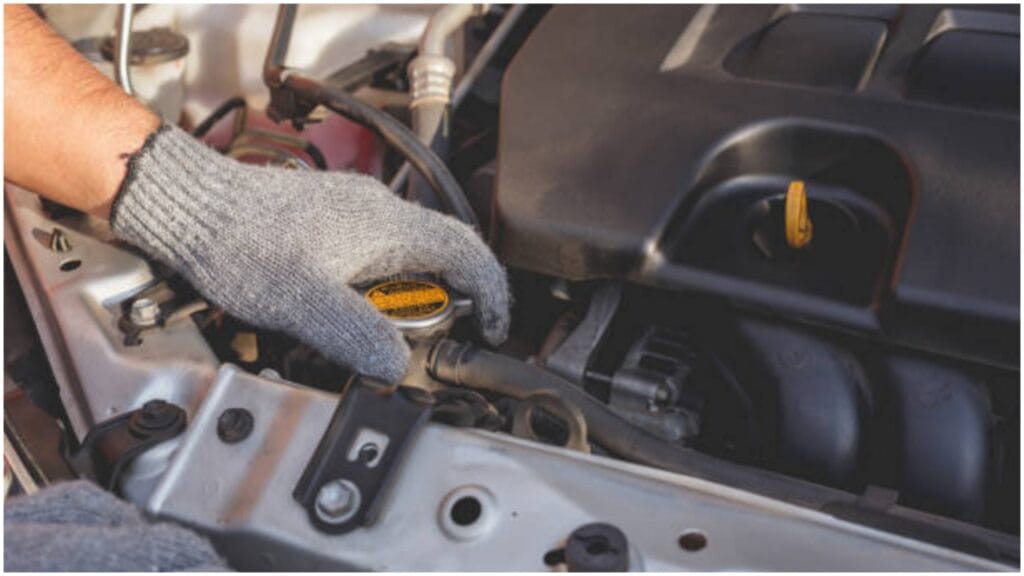A vacuum hose is a critical part of your car’s engine system. It’s a flexible tube that helps maintain the engine’s efficiency. These hoses carry vacuum pressure created by the engine to various components.
This pressure controls systems like brakes, emissions, and even air conditioning. Without them, these systems would fail to work correctly.
They Connect the Dots
Vacuum hoses act as connectors between different engine parts. They link the intake manifold, which generates vacuum pressure, to other components.
For instance, they send this pressure to the brake booster. This connection makes braking more manageable and smoother. They also work with the emissions system to reduce pollutants.
They Handle Delicate Tasks
Even though they seem simple, vacuum hoses are multitaskers. They control the engine’s idle speed and help regulate fuel and air mixtures.
Some advanced vehicles use them to manage turbochargers. Their role is subtle but essential for a smooth drive.
Small Yet Vital
These hoses are often overlooked. But their role is vast in maintaining a car’s health. A damaged or leaking vacuum hose can cause significant issues. It may lead to rough idling or poor fuel efficiency.
Easy to Spot, Hard to Ignore
Vacuum hoses are usually small and black. They snake through the engine bay, connecting various parts.
Over time, they wear out due to heat and vibration. Cracks or splits are common signs of damage. If there’s a leak, you might also hear a hissing noise.
Replacement is Key
If a vacuum hose is damaged, it’s best to replace it quickly. Ignoring it can lead to more significant engine problems. Fortunately, vacuum hoses are relatively cheap and easy to replace. Regular inspection can also save you from costly repairs.
Why It Matters
The vacuum hose might not seem like a big deal. But it plays a key role in your car’s performance. It ensures all systems run smoothly.
Treating it with care keeps your engine in top shape. Its efficiency keeps you safe, saves fuel, and reduces emissions.
A Pathway to Pressure

A vacuum hose is more than just a tube. It’s a pathway for pressure that powers vital systems in the car.
The vacuum created in the engine flows through these hoses. This pressure helps various components perform their jobs smoothly.
Found in Many Places
Vacuum hoses are found in multiple areas of your car. They connect to the intake manifold, brake booster, and emission controls.
Some are short and straightforward, while others twist and turn. Each hose has a specific role in keeping your car running efficiently.
Flexibility and Strength
Vacuum hoses are made to handle many things. They are flexible enough to adapt to the engine’s layout yet strong enough to resist heat and pressure. Most are made of rubber or silicone.
Signs They Need Attention
Even with their rugged build, hoses may fail over time. Heat, oil, and constant use can weaken them. A loose connection or a worn-out hose can show signs.
The engine might misfire or feel rough when idling, and sometimes, the car might hesitate when accelerating. These are clues that the vacuum system needs checking.
A Key Role in Fuel Economy
A well-functioning vacuum system improves fuel economy. The hoses help regulate air and fuel flow.
When these are balanced, the engine runs efficiently. A leak in the hose can disrupt this balance, leading to higher fuel consumption and lower mileage.
Simple to Replace
Replacing a vacuum hose is not complicated. Mechanics can do it in minutes, and even car enthusiasts can handle it with essential tools.
It’s one of those tasks where a little effort goes a long way. Regular checks and timely replacements can keep your car’s performance steady.
Conclusion
Vacuum hoses are essential components that significantly affect your car’s overall performance. Though small and often overlooked, they support various critical systems, such as braking, emissions, and fuel efficiency.
A damaged or worn-out hose can lead to engine issues, poor fuel economy, and even safety concerns. Regular inspection and timely replacement are key to keeping your car running smoothly. Despite their quiet presence, vacuum hoses are vital to the engine’s success.

